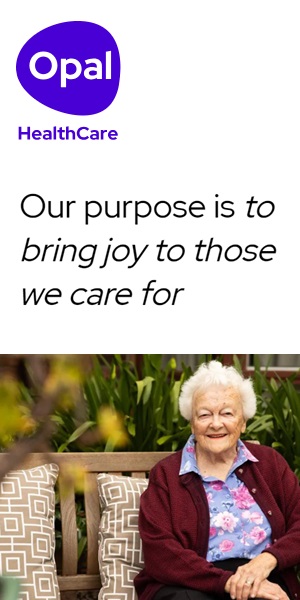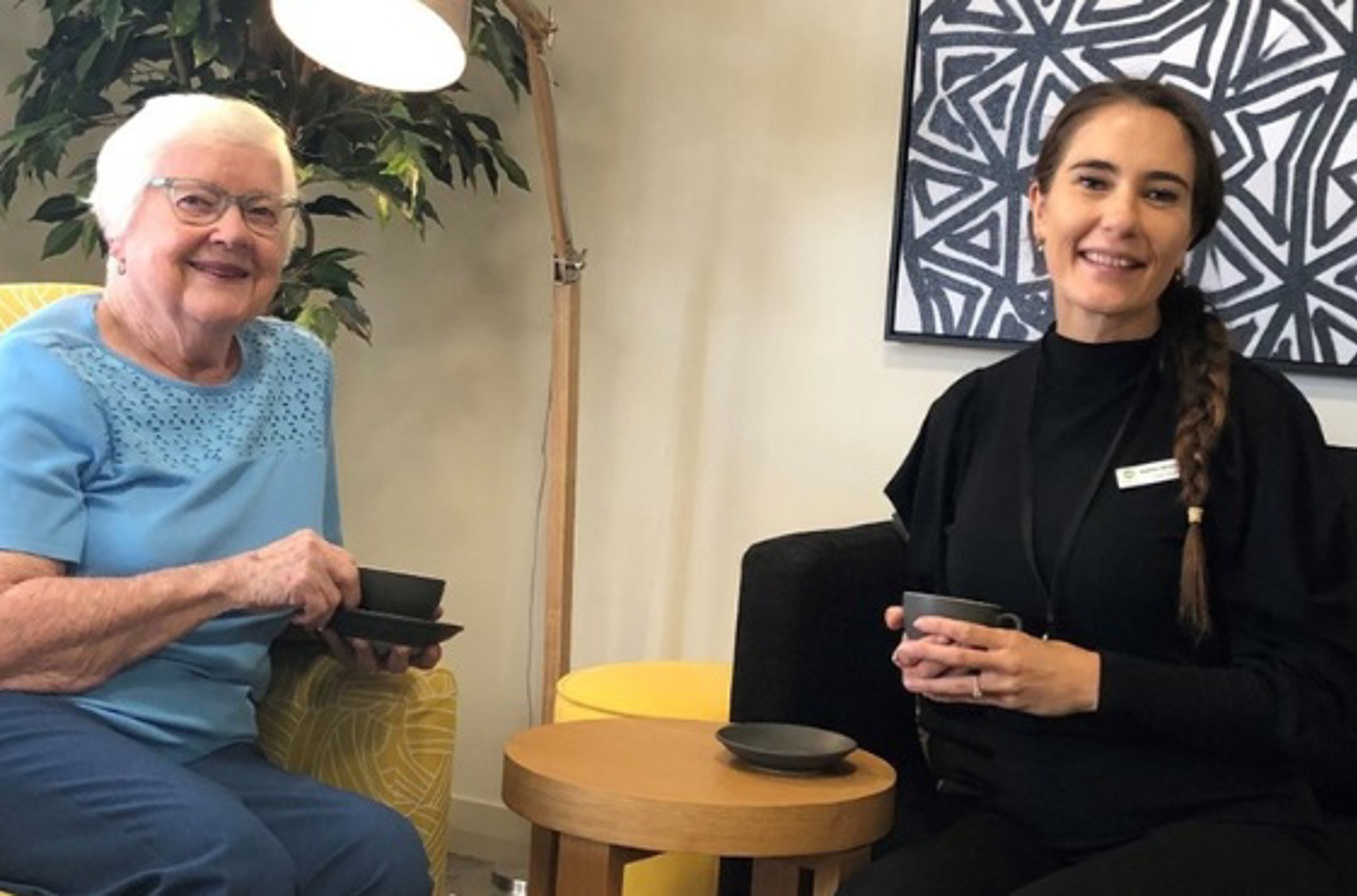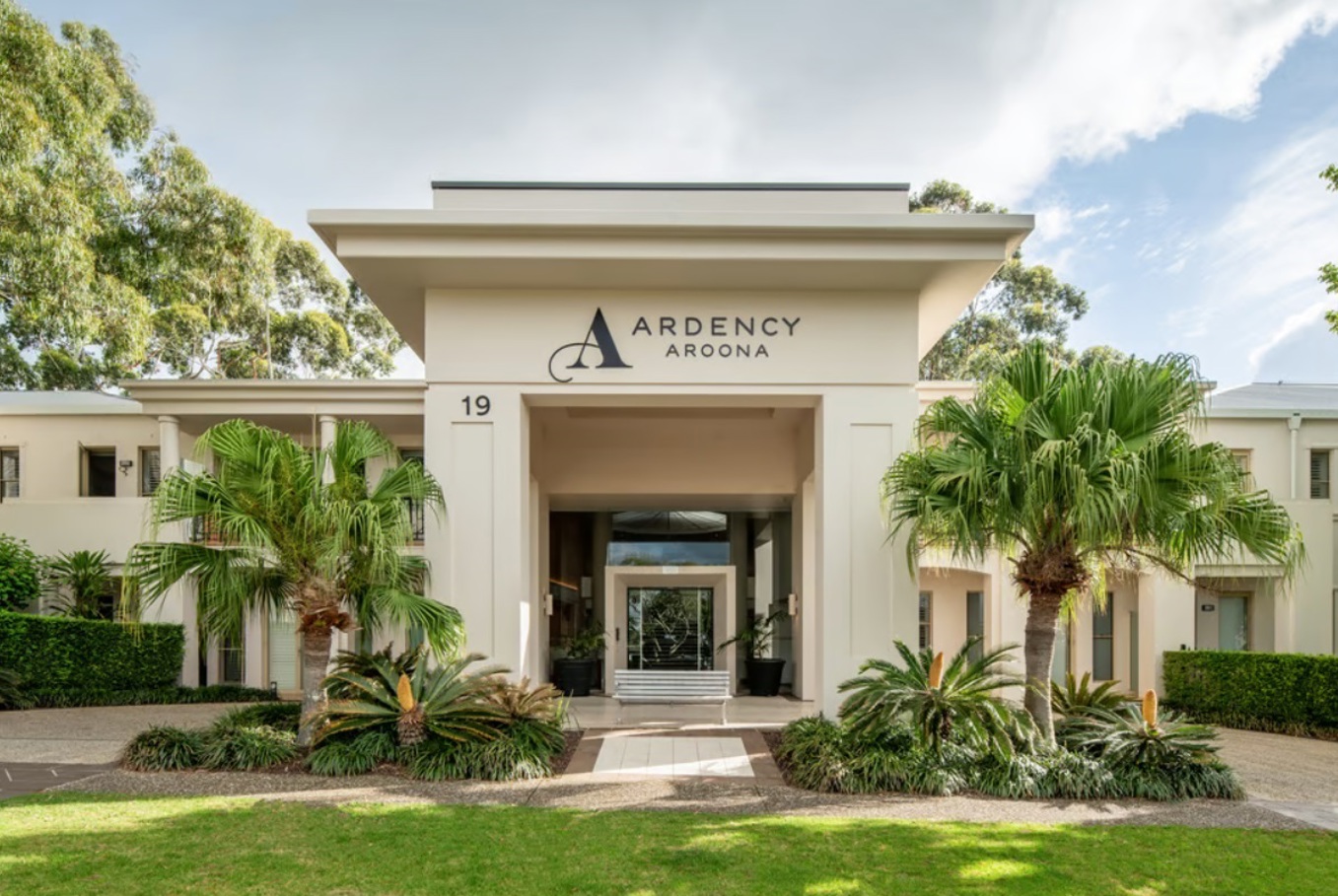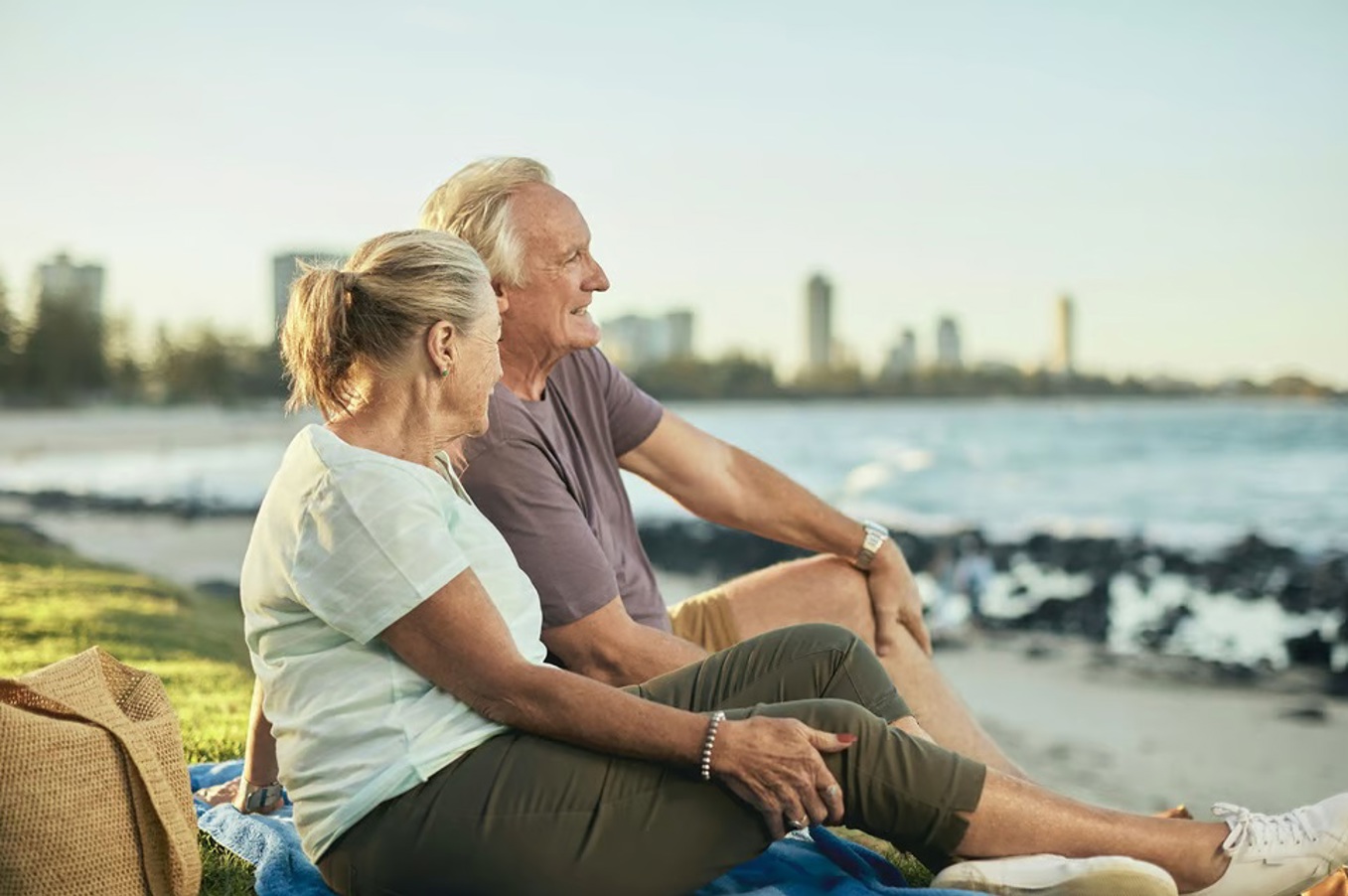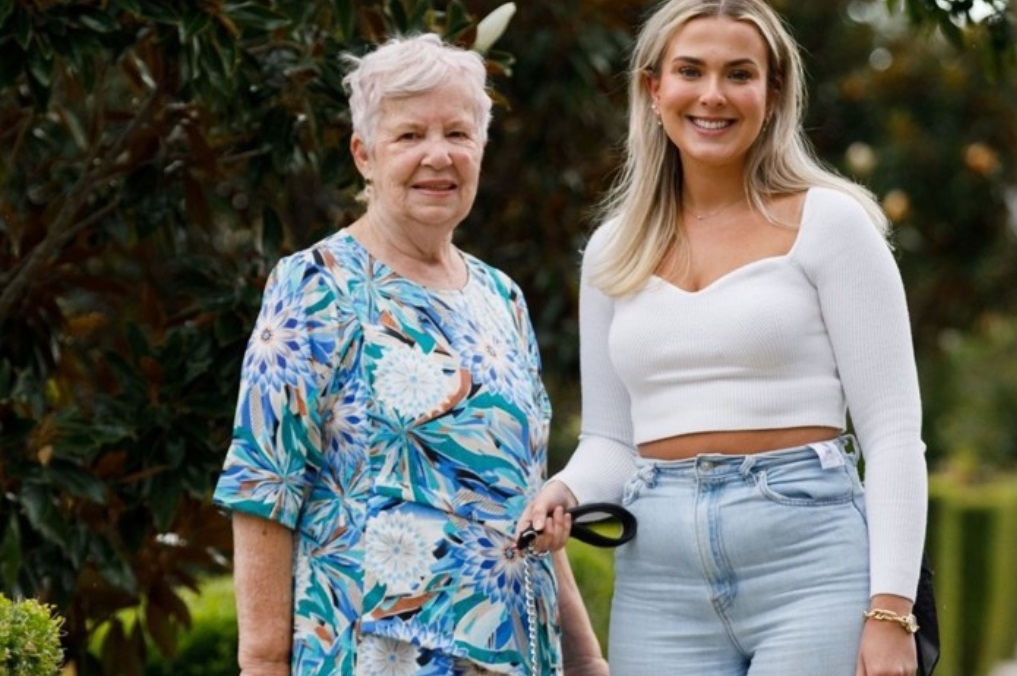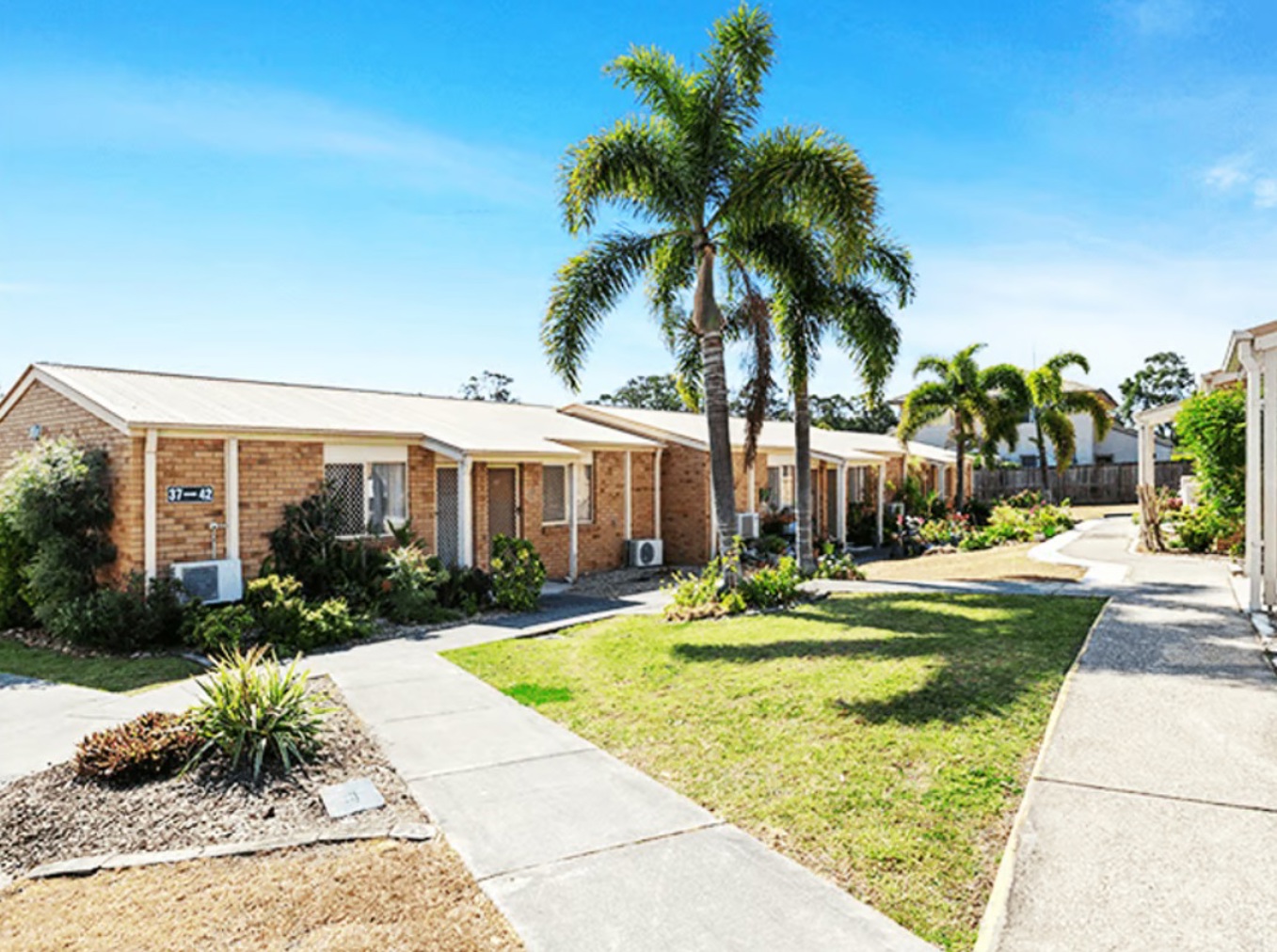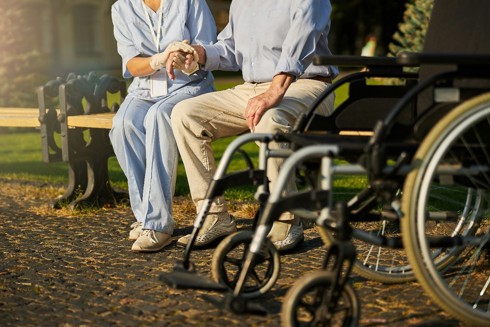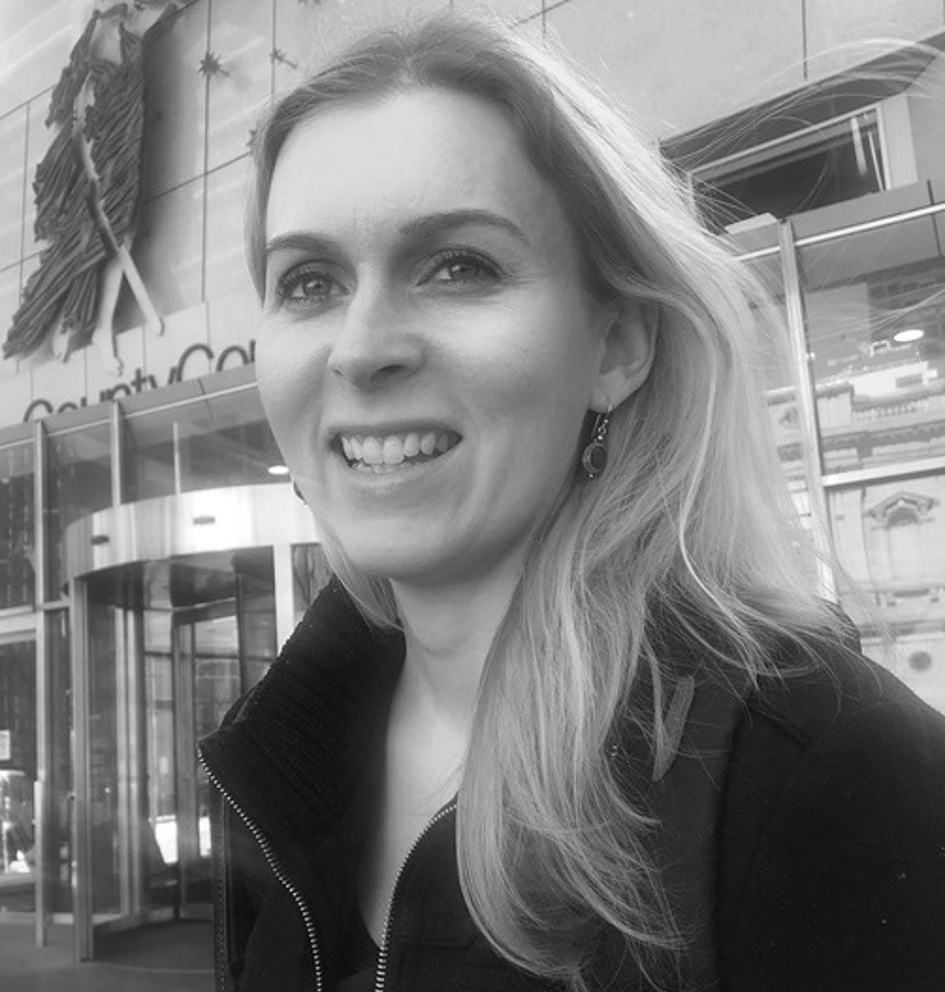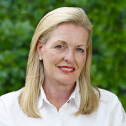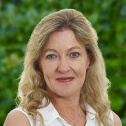What you need for the income and assets test
You will need to provide details of your income and assets so the government can assess if you can pay for some or all of your care and accommodation costs.
Whether single or in a couple, every person seeking to move to an aged care home (nursing home) needs to complete their own assessment.
If you are part of a couple and only one of you is moving to an aged care home, then only that person needs to complete the form.
If you are part of a couple, you will be assessed on 50% of the two of your combined income and assets.
You will be considered to be a member of a couple:
- If you are legally married (unless you are living separately or permanently apart)
Plus:
- If you are living in a de facto relationship (regardless of gender)
*For aged care purposes, if you are permanently living apart for health-related reasons, you are still considered to be a member of the couple.
The family home is counted as an asset unless someone else is living in it, such as:
- Your partner
- A dependent child (children)
- A close relative who is eligible for an income support payment from the Australian Government and has been living there for at least five years
Plus:
- A carer who is eligible for an income support payment from the Australian Government and has been living in the home for at least two years
However, the assessment does NOT include the full value of your home. See Details of your financial assets below to see how your family home is treated under the combined income and assets assessment.
Details of your income
Your income includes:
1. Income support payments from the Australian Government
For example:
- the age pension
- a service pension
Plus:
- an income support supplement
2. Deemed* (not actual) income from financial investments
- bank, building society and credit union accounts
- cash
- term deposits
- cheque accounts
- friendly society bonds
- managed investments
- listed shares and securities
- loans and debentures
- shares in unlisted public companies
- gold and other bullion
- account-based income streams from 1 January 2015.
- Net income from rental property - the rental income from a property minus the expenses incurred
- War Widow or Widower Pensions and some disability pensions
- Net income from businesses including sole trading and farms
- Superannuation income
- Overseas pensions, and income from income stream products such as annuities and allocated pensions
- Family trust distributions or dividends from private company shares
- Deemed* income from excess gifting.
(The Department of Human Services has rules around gifting your income and assets to family members or others, including limits on allowable amounts. See the Department of Human Services website at this here.)
Note: * ‘Deemed’ income refers to an assumed rate of income earned from bank accounts and other financial investments – as opposed to the actual earnings - that the Department of Human Services uses when assessing your income. If you ‘actually’ earn more than the ‘deemed income’, the extra amount is ignored.
Current deeming rates are provided on the Schedule of Residential Fees and Charges.
Details of all your financial assets
For the combined income and assets assessment, your financial assets include:
Financial investments
- bank, building society and credit union accounts
- cash
- term deposits
- cheque accounts
- friendly society bonds
- managed investments
- listed shares and securities
- loans and debentures
- shares in unlisted public companies
- gold and other bullion.
Household Content and Personal Effects
- These are typically valued at $10,000
Foreign Assets
- Including investments, business interests and real estate
Investment Property
- The value of any real estate, apart from your principal home, is included in your assets test, whether it is wholly or jointly owned by you and your partner, privately or within a business structure.
Special Collection Values
- Such as stamps, art works or antiques
Superannuation Balances
- You must include the value of your superannuation balance if you are over the qualifying age for the age pension but have not drawn an income stream from your superannuation
- Do not include your superannuation assets if you are over the qualifying age for the age pension and have started receiving an income stream. In that case, you need to record the income received in superannuation under your INCOME. The balance of your superannuation account should be recorded under ‘Other Assets’.
- Do not include your superannuation account balance if you are below the qualifying age for the age pension.
Private trusts, family trusts and private companies
- If you control a private trust or private company, the assets (as well as the income) of that trust or company are included.
Net retirement village entry contributions
- The amount of entry contribution you pay to live in a retirement village affects whether you are considered to be a home owner and if the amount will be included in your assets assessment.
Refundable accommodation deposits (RADs)
- Paid for accommodation in an aged care home (nursing home)
Gifts
- If you have gifted away any assets over the allowable limit of $10,000 in a single financial year or $30,000 over five financial years, the amount over these limits must be included
Your family home
- The family home is counted as an asset unless there is someone else living in it, such as:
- Your partner
- A dependent child (children)
- A close relative who is eligible for income support payment from the Australian Government and has been living there for at least five years
- A carer who is eligible for income support payment from the Australian Government and has been living in the home for at least two years
The family home is assessed differently to other assets. See details at 4.5 amount that can be included in the assessment is capped by the government.

